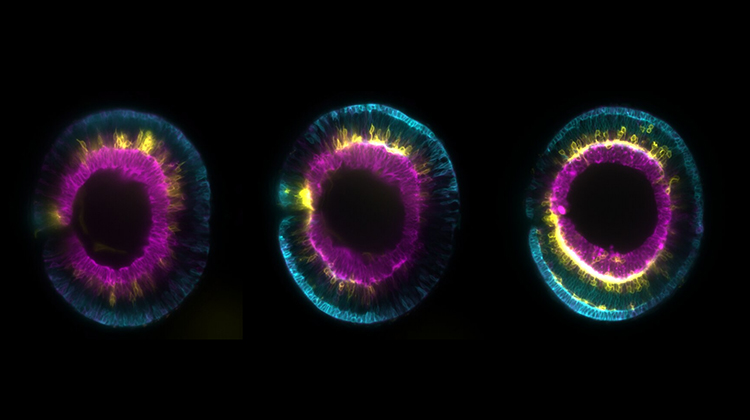Using Zebrafish to Teach Genetics

BioEYES, delivered by the Australian Regenerative Medicine Institute (ARMI) and MonashBiomedicine Discovery Institute (BDI), is a week-long, in-school program that brings authentic science experiences directly into the classroom. Designed to inspire and demystify science, BioEYES allows students to carry out real biological investigations while building confidence in their ability to think and act like scientists.
The program began its regional expansion at Bairnsdale Secondary College in September, with local students set to observe zebrafish embryos developing under microscopes and participate in collaborative experiments that mirror real-world scientific discovery.
“Our aim is to destigmatise science,” says Program Manager Laura Reid. “We want students to move away from the thinking that science isn’t for them because it is only for ‘smart’ people. BioEYES is about making science exciting and accessible. It’s designed to help students build confidence through curiosity.”
Over five days, students use zebrafish to explore the fundamentals of developmental biology, observing how a single cell becomes a complex, living organism. After setting up zebrafish matings, students examine embryos under microscopes, tracking their growth as eyes, hearts, spinal cords and tails begin to form. By the end of the week, they witness embryos hatching and blood circulating, and draw conclusions based on their original predictions. Throughout the incursion, students work like scientists, keeping logbooks, testing hypotheses and analysing results together in real time.
The entire program is delivered on-site at schools, which makes it accessible to a broad range of students and enables teachers to participate fully in the experience. BioEYES also includes teacher training to help build ongoing capacity for science engagement beyond the program itself.
Although zebrafish may seem like unlikely classroom heroes, they are genetically powerful. Around 70 per cent of human genes, including approximately 84 per cent of disease-related genes, are also found in zebrafish. Their transparent embryos give students a rare window into how living organisms grow and develop, offering an accessible introduction to real-world science.
At ARMI, zebrafish are used to explore how the human body regenerates damaged tissue, a frontier in treating diseases such as muscular dystrophy, anaemia and age-related frailty. Director of ARMI, Professor Peter Currie, explains, “Zebrafish are helping us answer some of the biggest questions in biology. But just as importantly, they’re helping us connect with the next generation of scientists.”
“It was incredible to watch students who usually sit back in science come alive with questions and observations,” said one Victorian secondary teacher. “BioEYES gave them confidence, not just in science, but in themselves.”
Since launching in Australia in 2010 through a collaboration between ARMI, BDI and the University of Pennsylvania, BioEYES has reached more than 23,000 Victorian students. Evaluations show that 83 per cent of participants say they can imagine themselves as scientists after the program, a transformative outcome for many students who may not have previously seen science as a space where they belong.
By making science hands-on, inclusive and curiosity-driven, BioEYES supports the development of essential critical thinking skills. These are the same skills young people will need to navigate an increasingly complex world, ask better questions and progess the field.
Image: Creative Commons Attribution-Share Alike 4.0 International license.